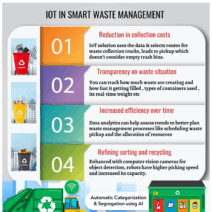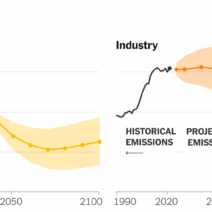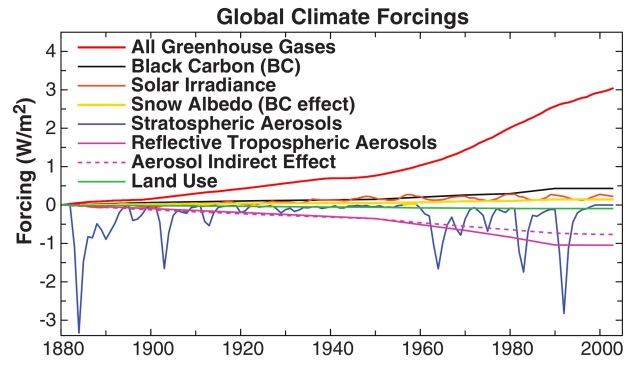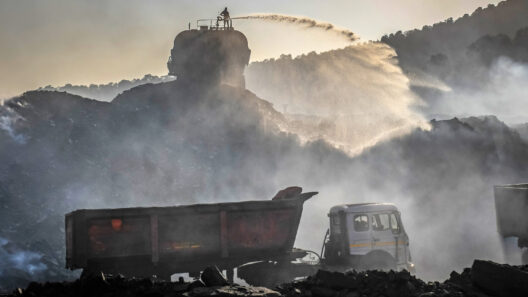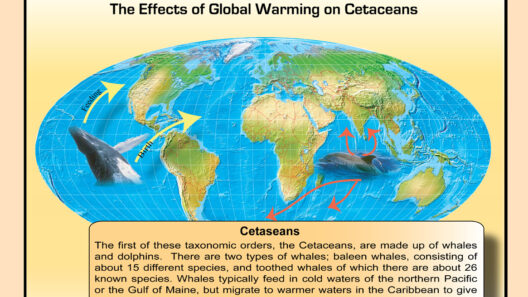As the Earth warms, a confluence of undisputable evidence coalesces, illuminating the path toward understanding the phenomena behind climate change. The discussion surrounding global warming has transcended from speculative debates into a realm fortified by empirical data. The question posed today is not merely rhetorical—how do we unequivocally determine that global warming is not a natural occurrence? To answer this, one must delve into the intricate tapestry of climate science, analyzing the myriad signals and indicators that reveal the hand of anthropogenic influence.
The climate system, much like a finely tuned orchestra, resonates with the interplay of various components: the atmosphere, oceans, land, and ice. Each plays a critical role, forming a delicate symphony of balance. Historically, the Earth has undergone natural fluctuations in temperature influenced by factors such as volcanic eruptions, solar radiation, and orbital variations. However, these forces operate over geological timescales, allowing for gradual adjustments rather than the rapid warming observed since the late 20th century.
To decode the climate signals, we first consider the atmospheric composition. Carbon dioxide (CO₂), one of the primary greenhouse gases, has increased markedly since the industrial revolution. The seminal work of researchers has established that the concentration of CO₂ in the atmosphere has risen from approximately 280 parts per million (ppm) in pre-industrial times to over 410 ppm today. This accelerated rise is unprecedented in the context of historical data, with ice core samples indicating natural variations occurring over tens of thousands of years, unlike the sudden spike we are witnessing now.
Furthermore, the isotopic signature of carbon provides a compelling narrative. Distinct isotopes of carbon (C-12, C-13, and C-14) can be utilized to unravel the sources of atmospheric CO₂. The decline in the ratio of C-13 over the past century signals the combustion of fossil fuels, which carry a characteristic isotopic composition. This evidence definitively links rising greenhouse gas levels to human activity, rather than natural processes.
Beyond greenhouse gases, the role of temperature is pivotal. Global surface temperatures have risen by approximately 1.2 degrees Celsius since the late 1800s, with significant warming evident across every continent. When examined in the context of climate models that simulate both natural and anthropogenic influences, the discrepancies are stark. Models that include only natural factors fail to replicate the degree of warming observed. In stark contrast, those accounting for human-induced emissions align closely with real-world measurements. This divergence serves as a resounding affirmation that current climate dynamics are deeply intertwined with human agency.
The ocean, often regarded as the Earth’s climate thermostat, also bears witness to rising temperatures. Over 90% of the additional heat trapped by greenhouse gases is absorbed by the oceans. Such an overwhelming majority affects marine ecosystems, contributes to sea level rise, and triggers phenomena such as coral bleaching. The thermal expansion of seawater and the melting of polar ice caps further illustrate the far-reaching consequences of our actions. An examination of the oceanic heat content unequivocally shows that the past few decades have witnessed unprecedented warmth, starkly contrasting with natural variability.
Ice cores from Greenland and Antarctica provide another compelling chapter in the climate story. These cylindrical samples of ice reveal not only historical temperature data but also insights into past atmospheric compositions. Analysis of these cores illustrates that natural climate variations typically occur at a gradual pace, unlike the rapid changes seen in recent decades. The repercussions of accelerated warming are conspicuous; the retreat of glaciers, diminished snowpack, and receding sea ice serve as visual manifestations of an alarming trend.
Weather events present another layer of evidence. The increasing frequency and intensity of extreme weather patterns—including hurricanes, droughts, and heatwaves—can largely be attributed to the destabilization of our climate. Climate change acts as a force multiplier, exacerbating the conditions that give rise to these phenomena. An examination of weather data from across the globe reveals a discernible trend: the fingerprints of climate change are embedded in the very fabric of our weather systems.
This leads us to the notion of climate feedback mechanisms. The intricate web of interactions within the climate system means that changes can engender further alterations, creating a cycle of feedback that accelerates warming. For instance, as polar ice melts, less sunlight is reflected back into space, resulting in higher heat absorption by the ocean—thus propelling further warming. This phenomenon exemplifies the precarious nature of our planet’s climate and serves as a crucial element in offsetting the myth that current changes are mere natural cycles.
As we contemplate these multifaceted layers of evidence, it becomes abundantly clear that global warming is not merely a natural occurrence. It is, instead, a potent manifestation of human activity colliding with the Earth’s sensitive climate dynamics. Each data point and every rising temperature is a stark reminder of the critical intersection of science and society. The path forward lies in recognizing our influence and mobilizing collective action towards mitigation and adaptation strategies, for the sake of our planet and future generations.
The complexity of climate science may seem daunting, yet the narrative’s essence is straightforward: humanity’s hand has altered the course of natural history. The signals are unequivocal—the time for complacency has long passed. It is our collective obligation to demystify these findings and act decisively to protect the fragile symphony of our planet’s climate. In understanding these dynamics, we can chart a more sustainable course and provoke the necessary dialogue for substantive change.
